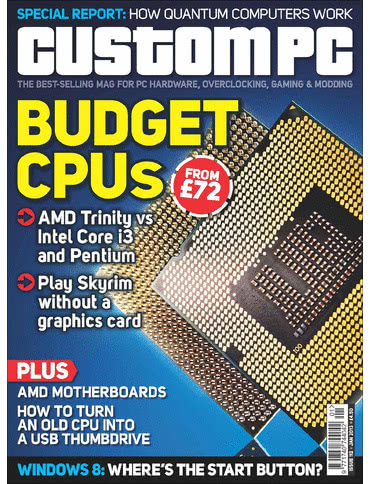
Looking at the tutorial first, I have to admit to a little trepidation in asking my editor, Ben Hardwidge, to support something called a PirateBox. Thankfully, while its name is designed to raise eyebrows, the concept is free of anything that could reasonably enrage the copyright cartel. A PirateBox is simply a Wi-Fi router running a modified version of the OpenWRT Linux distribution, tailored for localised chat and file sharing. It has no connection to the internet, and if paired with the right low-power hardware can run for days from a cheap USB battery pack. While you could certainly use it to distribute copyright content illegitimately, the fact that you have to be in close physical proximity limits its usefulness – but it’s absolutely top-tier for sharing files at events, which is the use I had in mind when I set out to build the thing.
Pimoroni, a local company just across the way in sunny Sheffield, made a name for themselves by being one of the first to build attractive and affordable add-on boards for the Raspberry Pi. Despite being good friends with the team, I’ve never actually reviewed any of their products – until Gee Bartlett took me on a tour of the factory and pressed four of their most popular creations into my hands. So, rather than spin it out over the next four months, a two-page spread was in order to review the boards: the education-centric PiBrella, the interestingly-shaped PiGlow, the impressive Displayotron-3000, and the retina-searing Unicorn HAT. Spoiler: they’re all pretty great, and the guys are working on some more advanced projects that I can’t wait to get on the test-bench for future issues.
Finally, the Creator CI20. While it sometimes feels that all I do is test single-board computers – not that I’m complaining, they’re absolutely fascinating – the CI20 breaks from the crowd by using the MIPS instruction set architecture. The creation of Imagination Technologies – the company behind the graphics hardware that powered Sega’s ill-fated Dreamcast console, fact-fans – the board has clearly been taken from an existing oddly-shaped design but offers plenty of power for the maker community to hack around, including boasting significantly improved general-purpose performance compared to the majority of the ARM-based boards I’ve tested.
All this, plus a bunch of stuff written by people who aren’t me, can be yours with a visit to your local newsagent or supermarket, or digitally via Zinio and similar distribution services.


 This month, my regular Mobile Tech Watch column takes a look at a name from the dim and distant past that is looking to take on ARM and Intel at their own game: MIPS Technologies.
This month, my regular Mobile Tech Watch column takes a look at a name from the dim and distant past that is looking to take on ARM and Intel at their own game: MIPS Technologies.